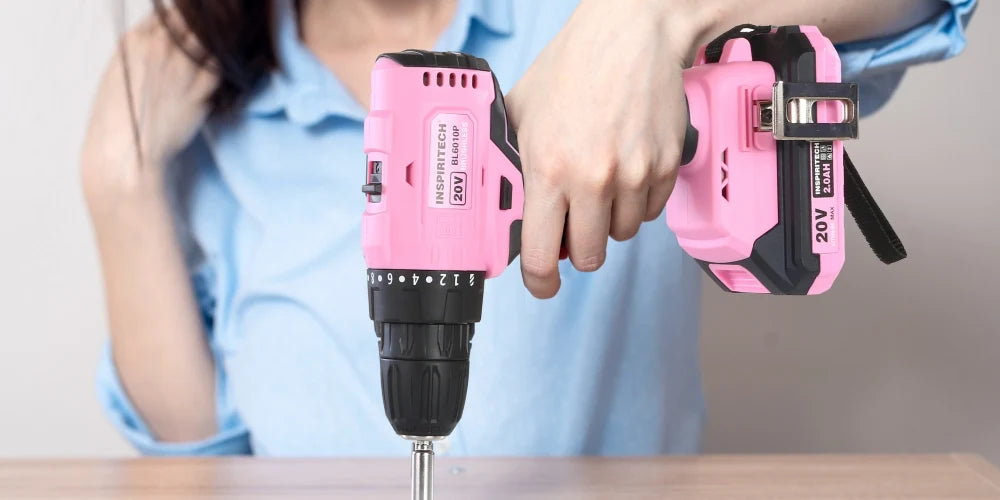 articles
articles
Understanding Speed and Torque in Cordless Drills: A Guide for Home Users
Understanding Speed and Torque in Cordless Drills: A Guide for Home Users
Introduction
Whether you are a professional tradesperson or a DIY enthusiast, a cordless drill is often your go-to tool for a wide range of tasks. This article aims to delve deep into the relationship between speed (RPM) and torque (N·m) in cordless power drills, shedding light on factors like brushless motors, theoretical vs. actual speed, and the implications of these variables for practical applications.
The Foundational Elements
Speed (RPM) in Power Drills
The speed, or RPM (Revolutions per Minute), defines how fast the drill bit of your cordless drill rotates. Higher RPM is generally better for drilling into soft materials like wood and plastic, as it allows for quick and clean cuts.
Torque (N·m) in Cordless Drills
Torque, measured in Newton-meters (N·m), indicates the force with which the drill bit turns in your cordless drill. This is crucial when drilling into harder materials like metal or masonry, where brute force is often more important than speed.
Observations: Speed vs Torque in Cordless Power Drills
Low Speed - High Torque
At lower speeds, your cordless power drill generates higher torque. This is particularly beneficial for tasks that require screwing and drilling into harder materials like concrete or metal.
High Speed - Low Torque
At higher speeds, a cordless drill offers less torque, making it suitable for softer materials and quicker drilling tasks.
Real-world Applications of Cordless Drills
- Driving Screws: Use a lower speed setting on your cordless drill to maximize torque.
- Drilling into Hardwood: For better performance, select a lower speed setting on your power drill to benefit from increased torque.
- Drilling into Softwood or Metal: Higher speed settings are more appropriate for these materials, as they do not require as much torque.
Brushless Motors in Cordless Drills
Brushless motors are increasingly common in cordless power drills due to their efficiency and longevity. Theoretically, these motors can achieve speeds upwards of 30,000 RPM. However, in cordless drills, you'll find the top speed is often capped below 2000 RPM.
Why The Cap in Cordless Drills?
Manufacturers often limit the maximum speed in cordless drills to balance torque and ensure versatility for a variety of materials and tasks.


